Belonging: An Art Exhibit by members of San Francisco Village
It is a human longing to seek out places, people, and situations where we feel connected, accepted, and part of something bigger than ourselves. Art helps us to see our shared humanity. In this debut gallery exhibition, eight artists from the San Francisco Village community explore the universal desire to gather, bond, nurture, and claim place in society.
Patricia Brown’s figurative life study Nude from Life: Women Belong declares the world is a better place with women in it and doing what they want, even when people in power try to drive women back into the home. A photograph Finding Our Fathers, by Susan Evans, captures a genuine moment between father and child, accompanied by a 1982 essay describing the revolutionary change in our culture when men actively nurture their children. Two still life pieces, Stark Light and Shadow and Three Vases, by Bill Haskell explore themes of harmony, balance, unity, completion, and contrast. Sandy Chavez’s delicate mixed media portraits Women Collage and My Picasso reflect the artist’s deep belief that art is beauty and what is beautiful belongs.
In Refugees, Frank Warner captures the raw emotions of children at the border separated from their families and their mother lands, seeking a safe new home where they can survive and belong. In a second piece, Fun at the Lake, Warner captured the community that comes from shared interests and place with a study of suited swimmers, inspired by the history of bathers painted by impressionist artists. Choosing to draw from her experience of belonging to San Francisco Village, Carol Rothman put to paper a group of older adults working together to create connections and the shared challenges, losses, heartache, pride, and joy that comes with aging in her piece titled Seniors Helping Seniors.
An Untitled drawing by Bob Gordon pulls abstract mosaic shapes together with a sense of whimsy with the addition of animals. Fiber artist Connie Levy stayed connected during the isolation of Covid through her quilting. Her quilting group shifted from collaborative round robin pieces when everyone works on one piece to a lone robin, where the group shared techniques on their individual pieces (Covid 2). Her second piece interprets the Covid molecule and as well as her last international trip and how she stayed connected to fellow artists via zoom (Covid 1).
As a community organization dedicated to operationalizing love, we know the transformative power of belonging. We’re glad you’re here, that we’re here together.
Sarah Brigid Newsham Kent
Program and Creative Director
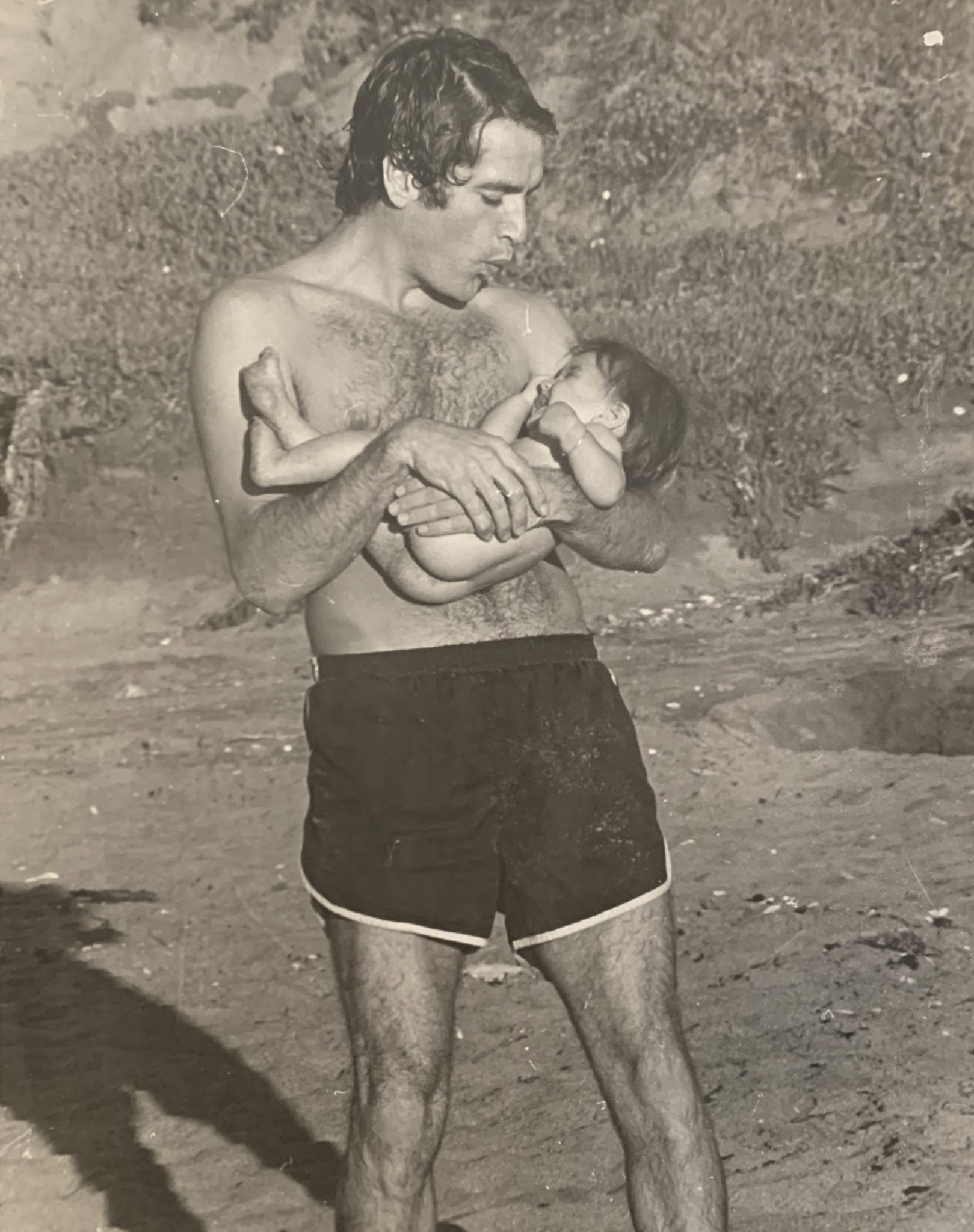
Finding our Fathers (part.1), by Susan Evans
Finding our Fathers (part.2)
It is early Wednesday morning, and as I sit having my coffee at a local cafe, a man approaches me. He is quite tall, with a muscular build. He is wearing blue jeans and a dark overcoat, and is heavily bearded. The man is obviously a revolutionary. He is carrying a baby and it is not the weekend.
It is starting to happen slowly. A paternity leave here, a job share there, A new generation of fathers has begun. You can see them on street corners, in the park, and in local markets. These are men with babies strapped to their chests or with toddlers jumping up and down inside their canvas carriers. These men are pioneers, They are more brave than soldiers risking death on the battlefield; or men free falling from airplanes, or lion hunting on safaris. These men are willing to confront their tender, nuturing feelings and act on them. In the midst of a world of guns and machismo, they are willing to be soft.
With the loss of an agrarian economy, and the industrialization and urbanization of families, the men have traditionally gone off to work, leaving behind the women and children. For a long time, all of the children have been raised by half of the population. Women in isolation have often gone mad, or at the very least have been thought of and remembered in derogatory terms by their grown children. The isolation of being the only adult with small children is not healthy for man, women or children.
Since the Women’s Movement began, women are leaving the world of nuturing children behind and donning their pin stripe suits and brief-cases and rushing up the corporate ladder as fast as they can. What about corporate men leaving behind their desks and secretaries to rush home and raise babies? The idea boggles the mind, In a culture that is male defined, for men to take on roles or characteristics traditionally thought of as female has been taboo. It has always been more acceptable for girls to be tomboys. But, as we slowly move toward a more egalitarian society, men are learning to be fathers. Many of them do not have role models. They only have their own fathers, who worked from dawn to dusk, and rarely touched them. These new fathers are preceding slowly, reading about it and talking to other men about it. They are learning to cuddle and hold babies, to wipe noses and to kiss knees, My fantasy is that if enough men really fathered long enough, that eventually the idea of war would become obsolete.
Susan Evans
1/15/82
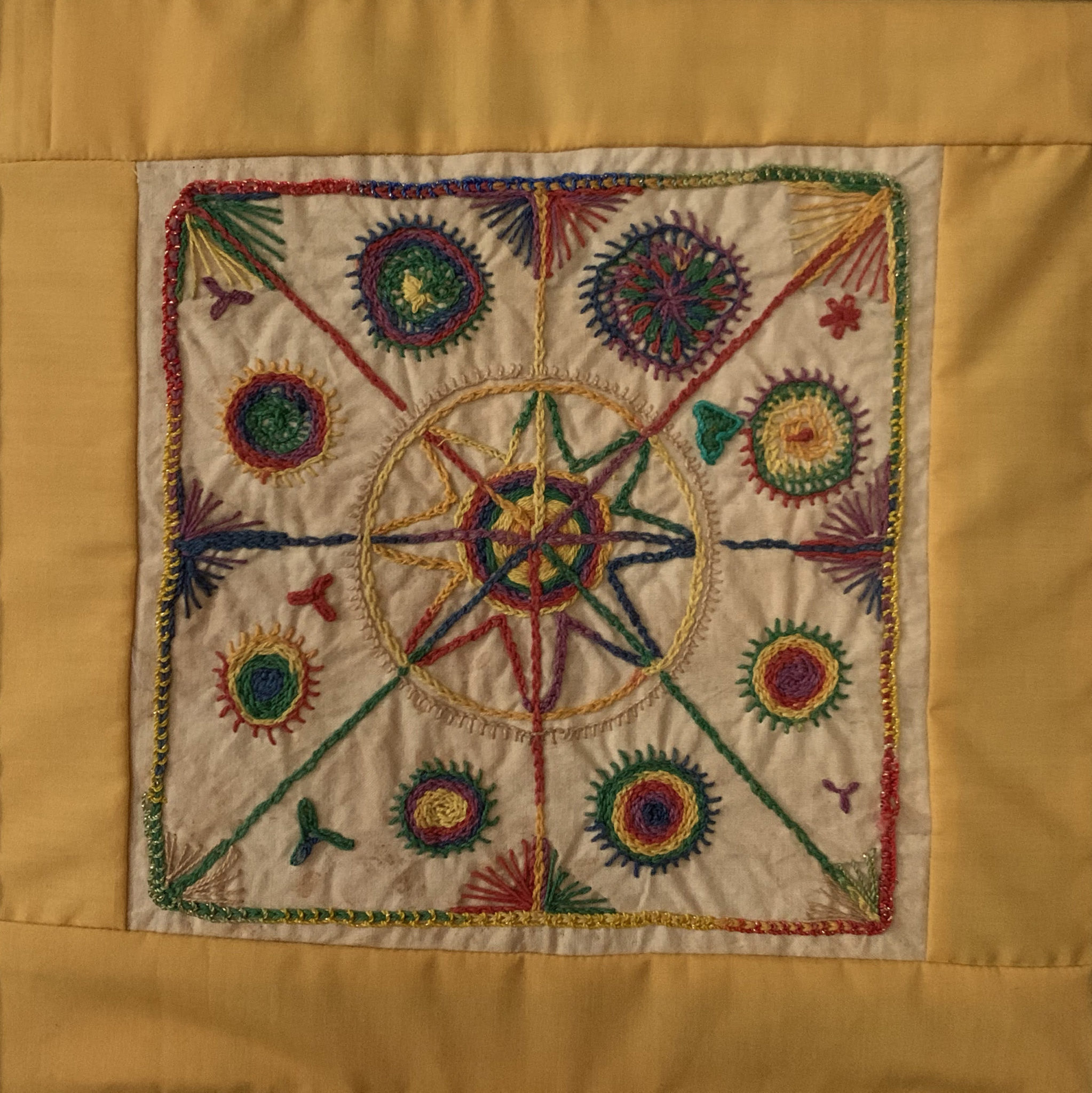
Covid #1, by Connie Levy
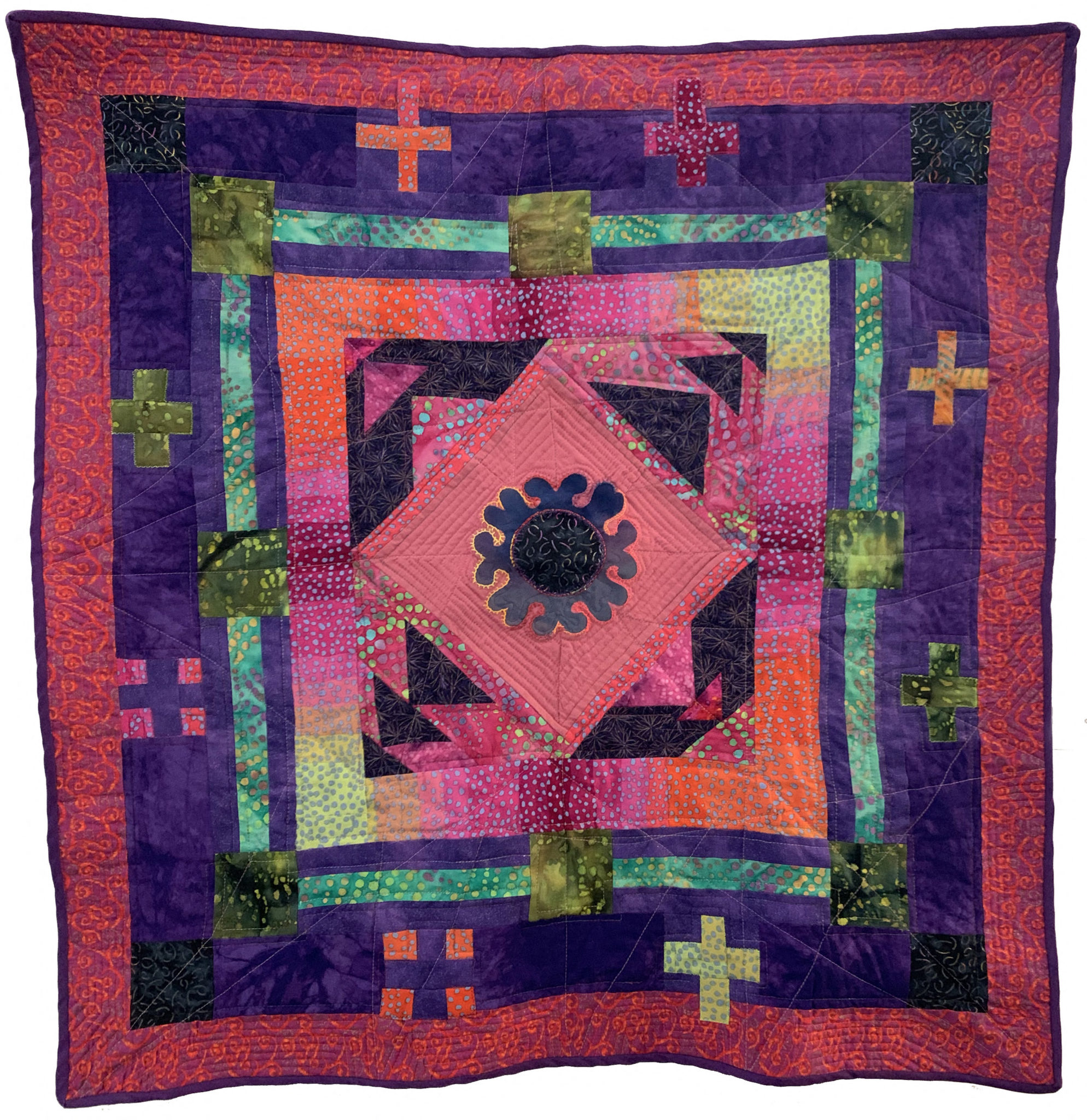
Covid #2, by Connie Levy
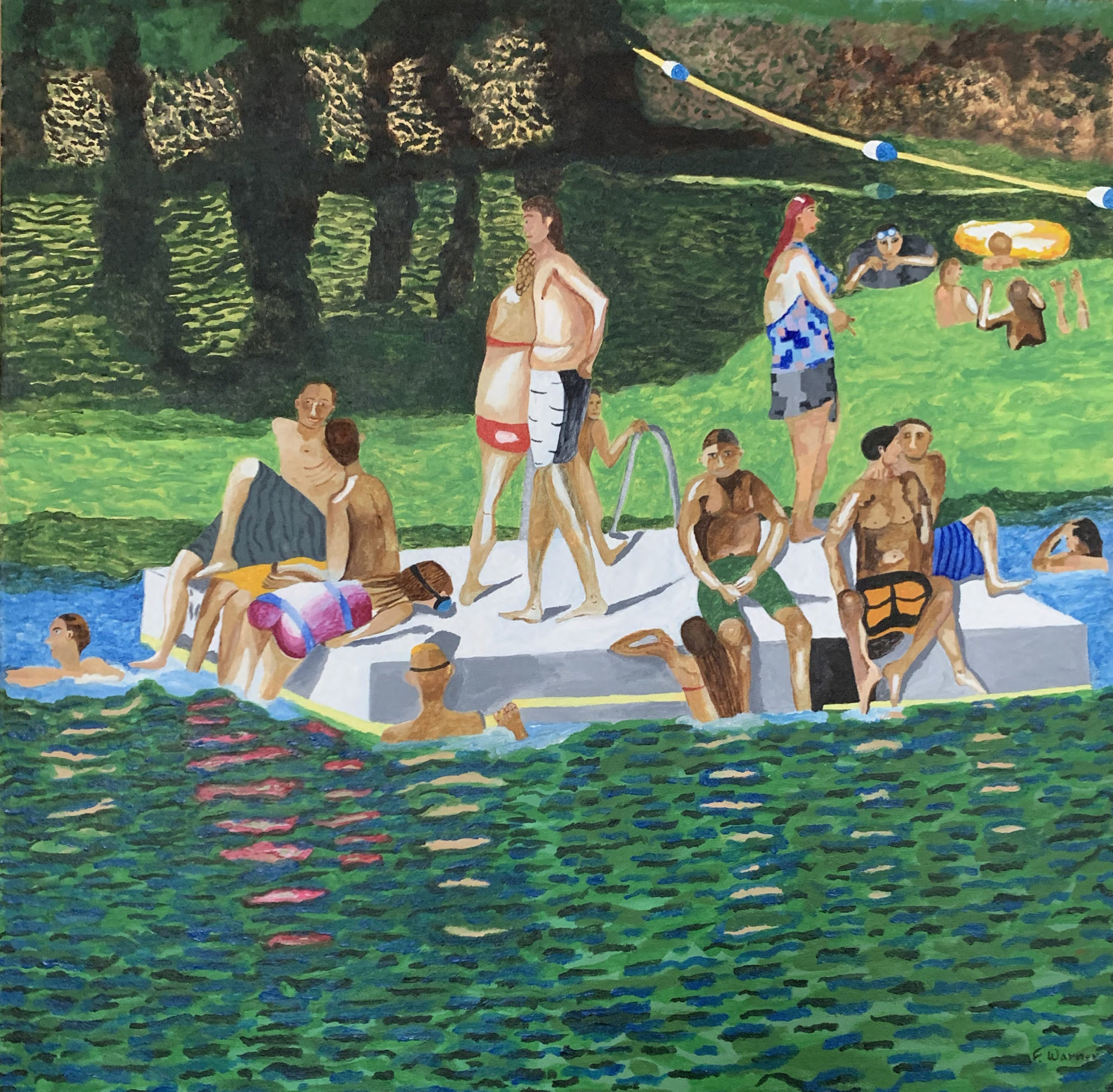
Fun at the Lake, by Frank Warner
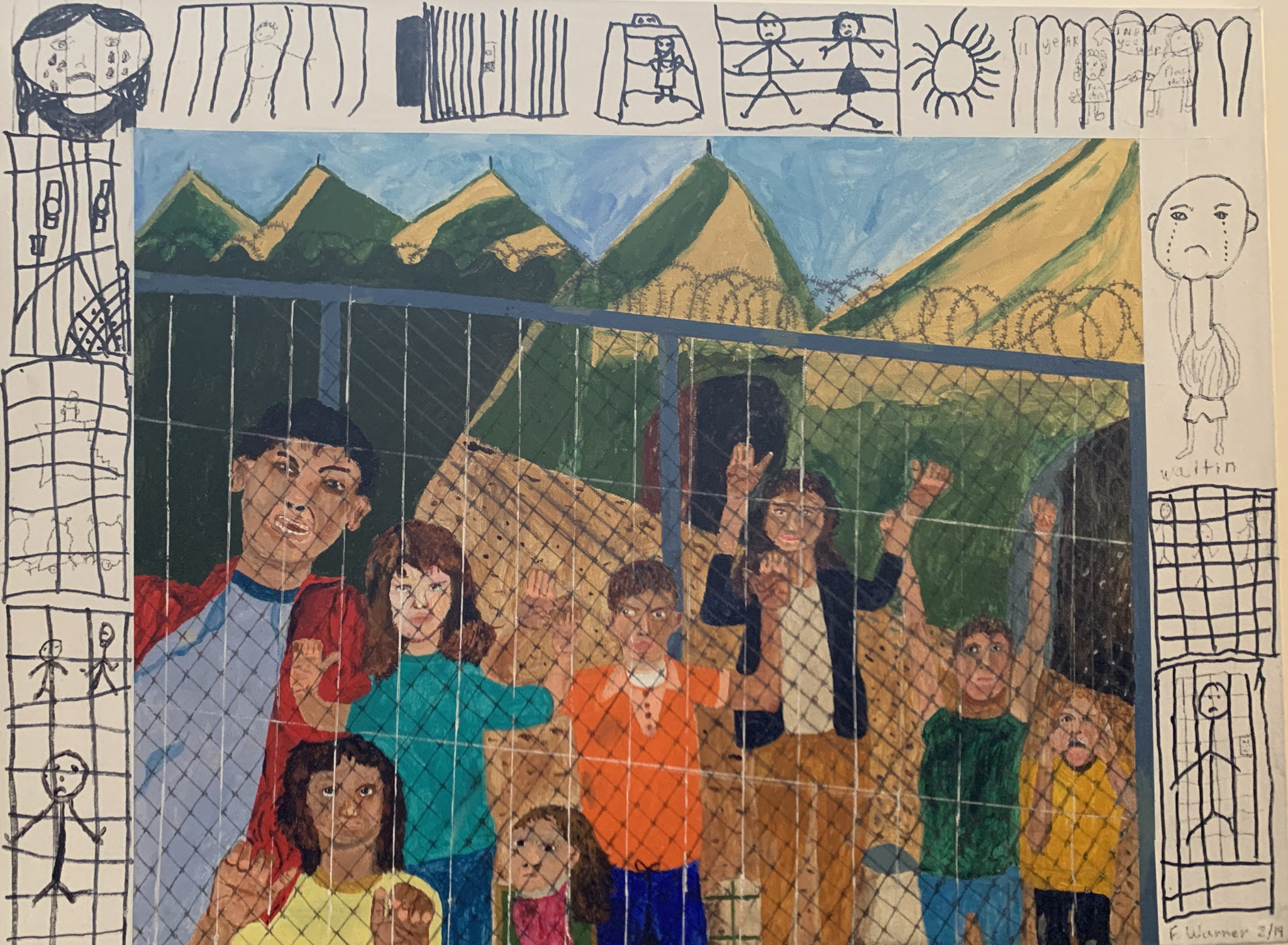
Refugees, by Frank Warner
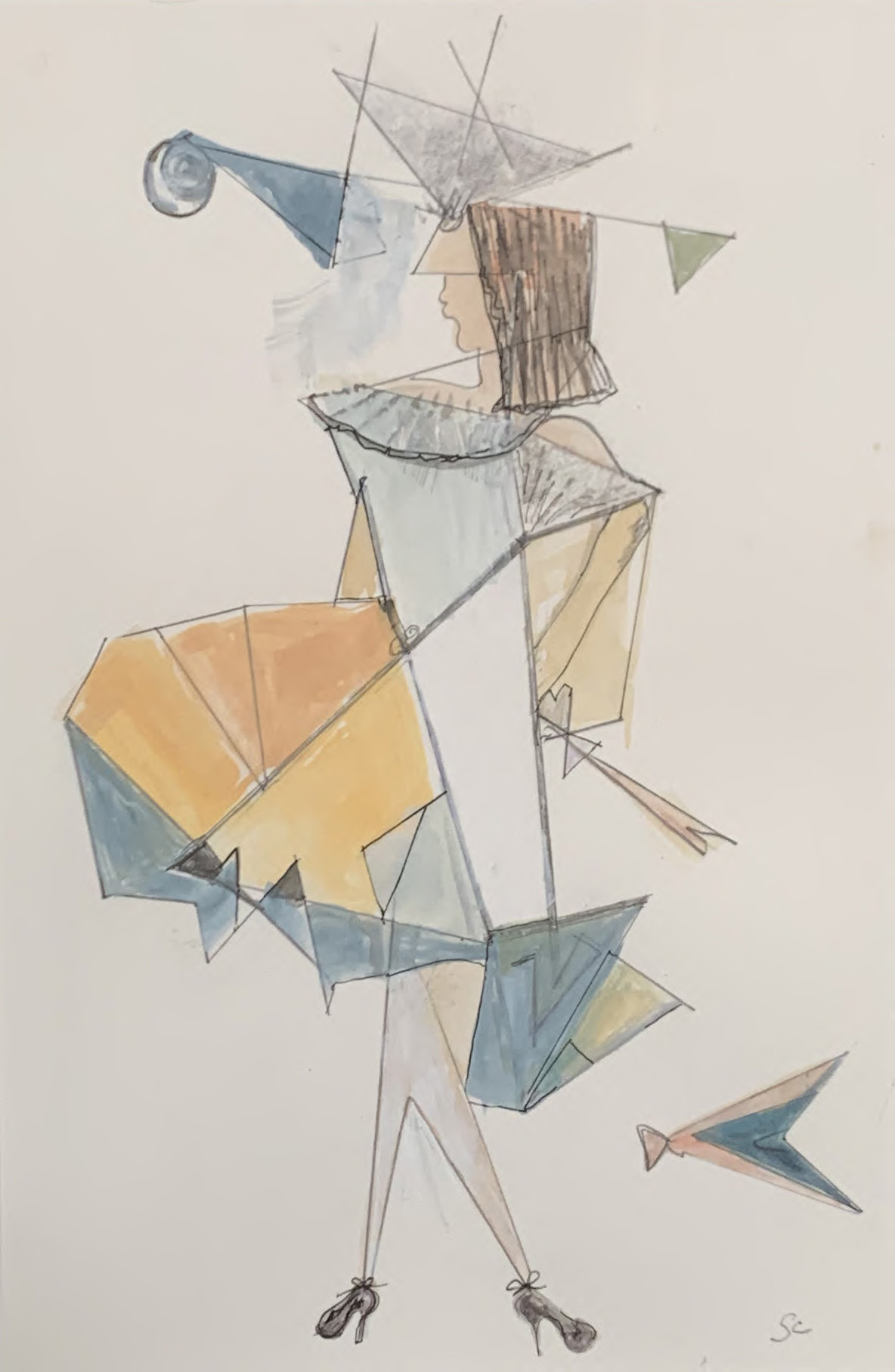
My Picasso, by Sandy Chavez
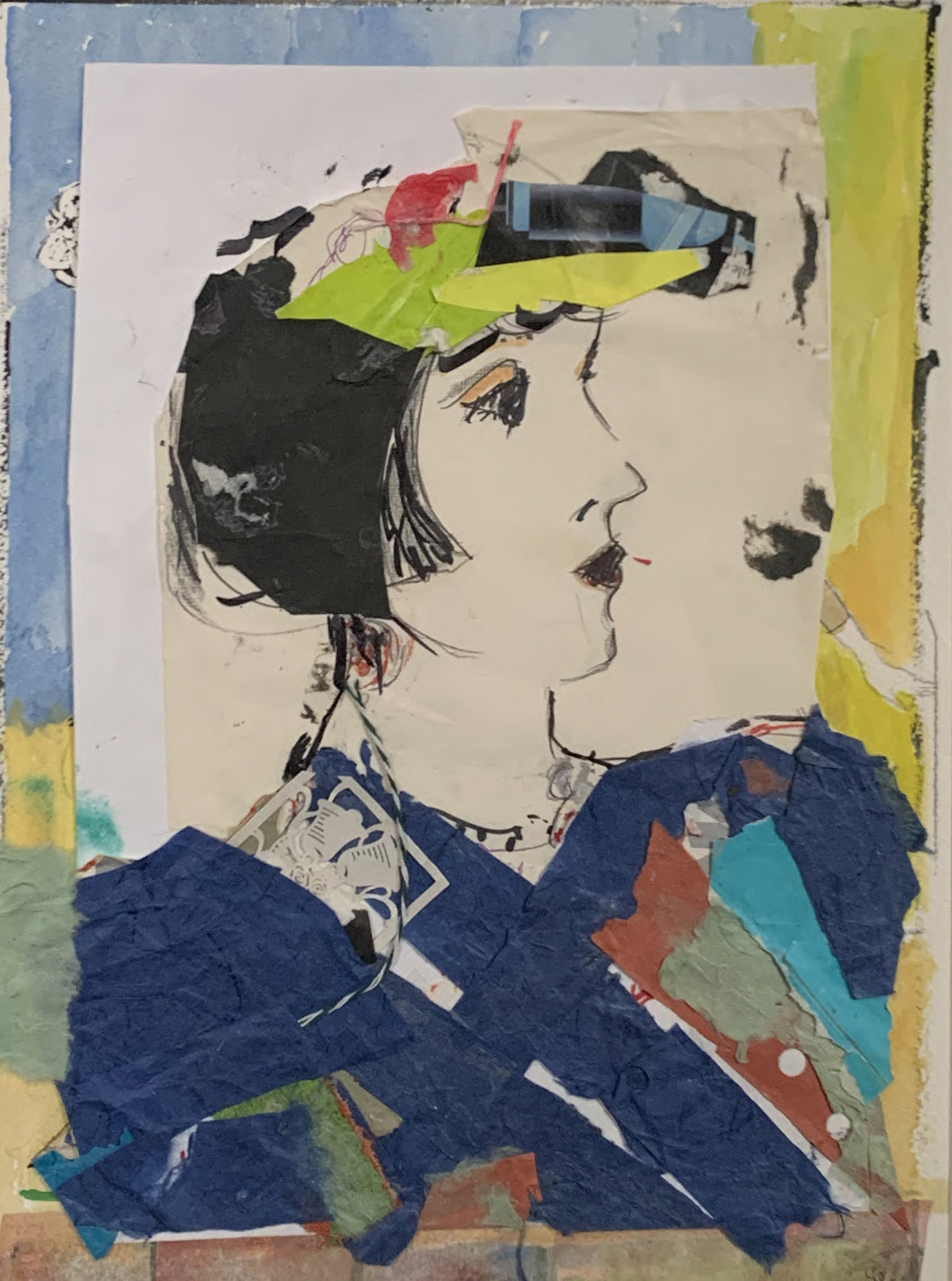
Women Collage, by Sandy Chavez
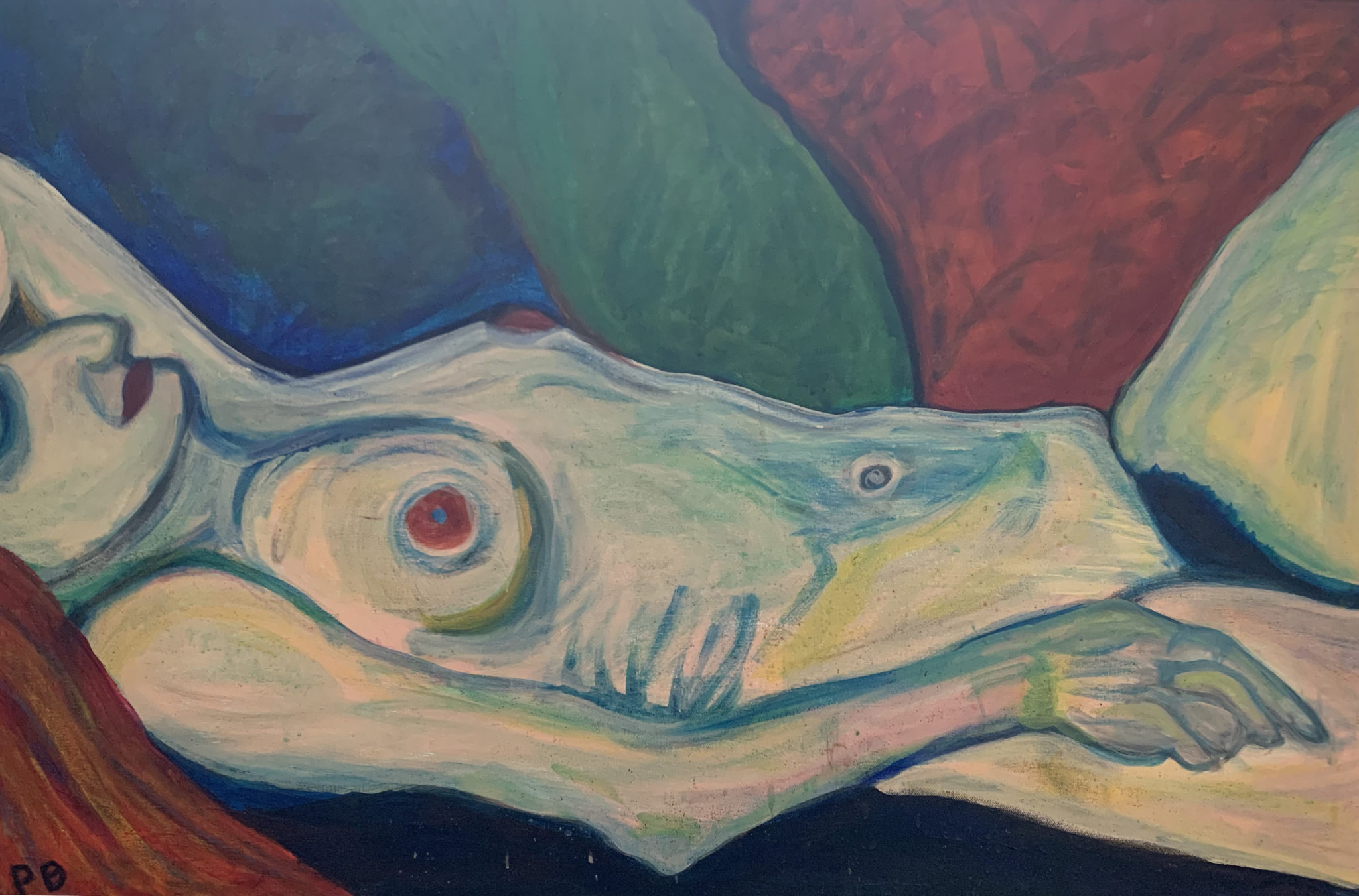
Nude from Life: Women Belong,
by Patricia Brown
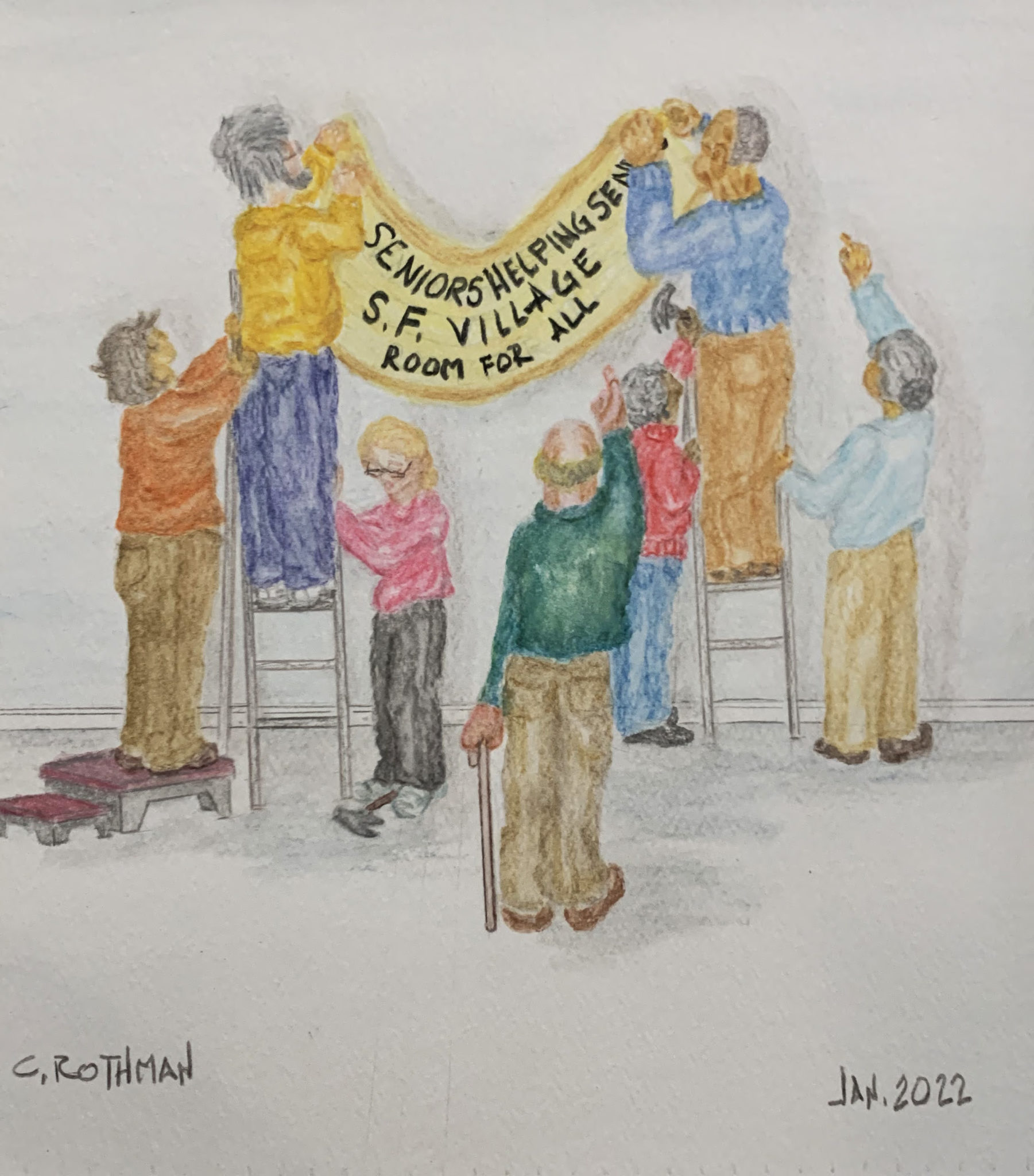
Seniors Helping Seniors, by Carol Rothman
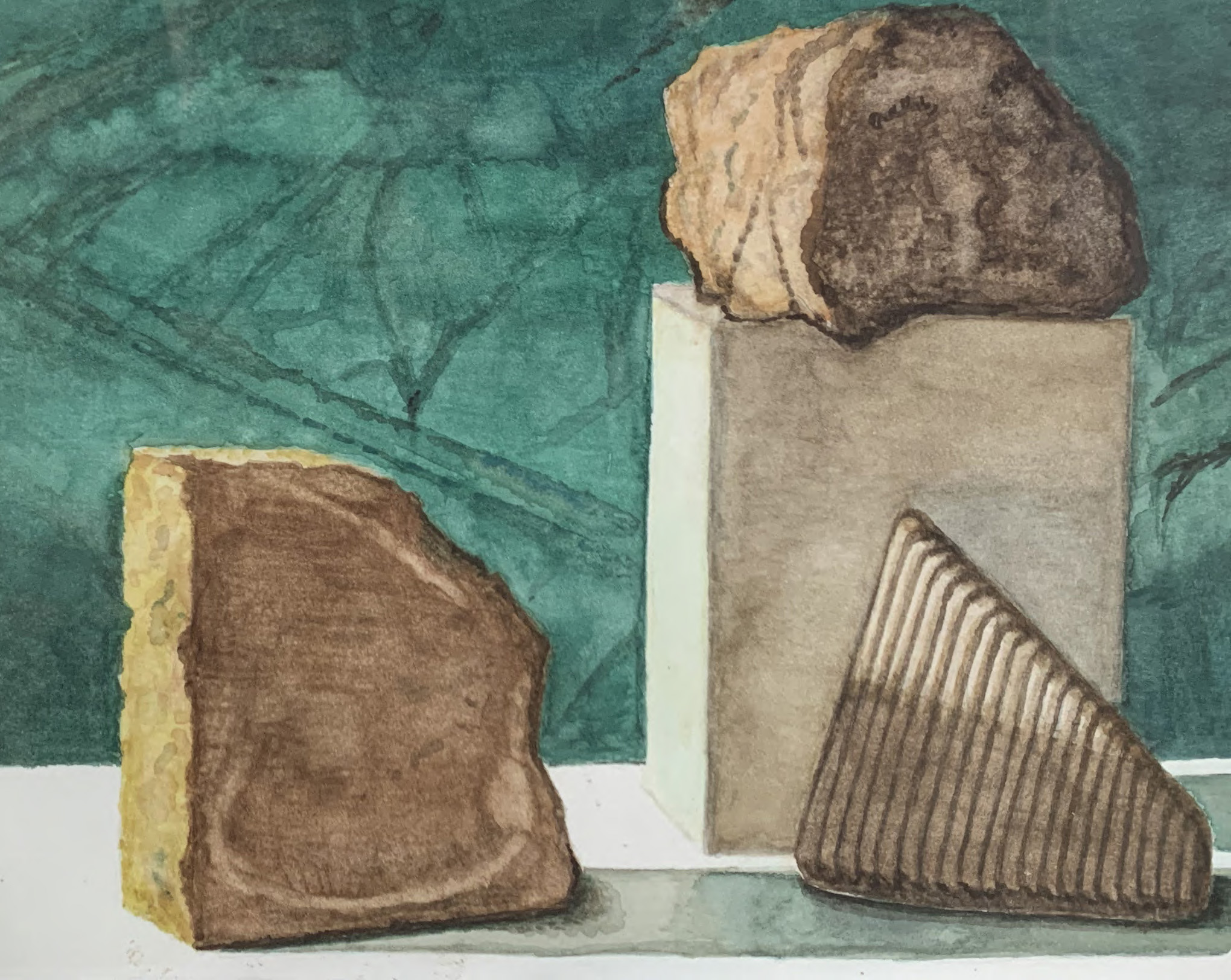
Stark Light and Shadow, by Bill Haskell
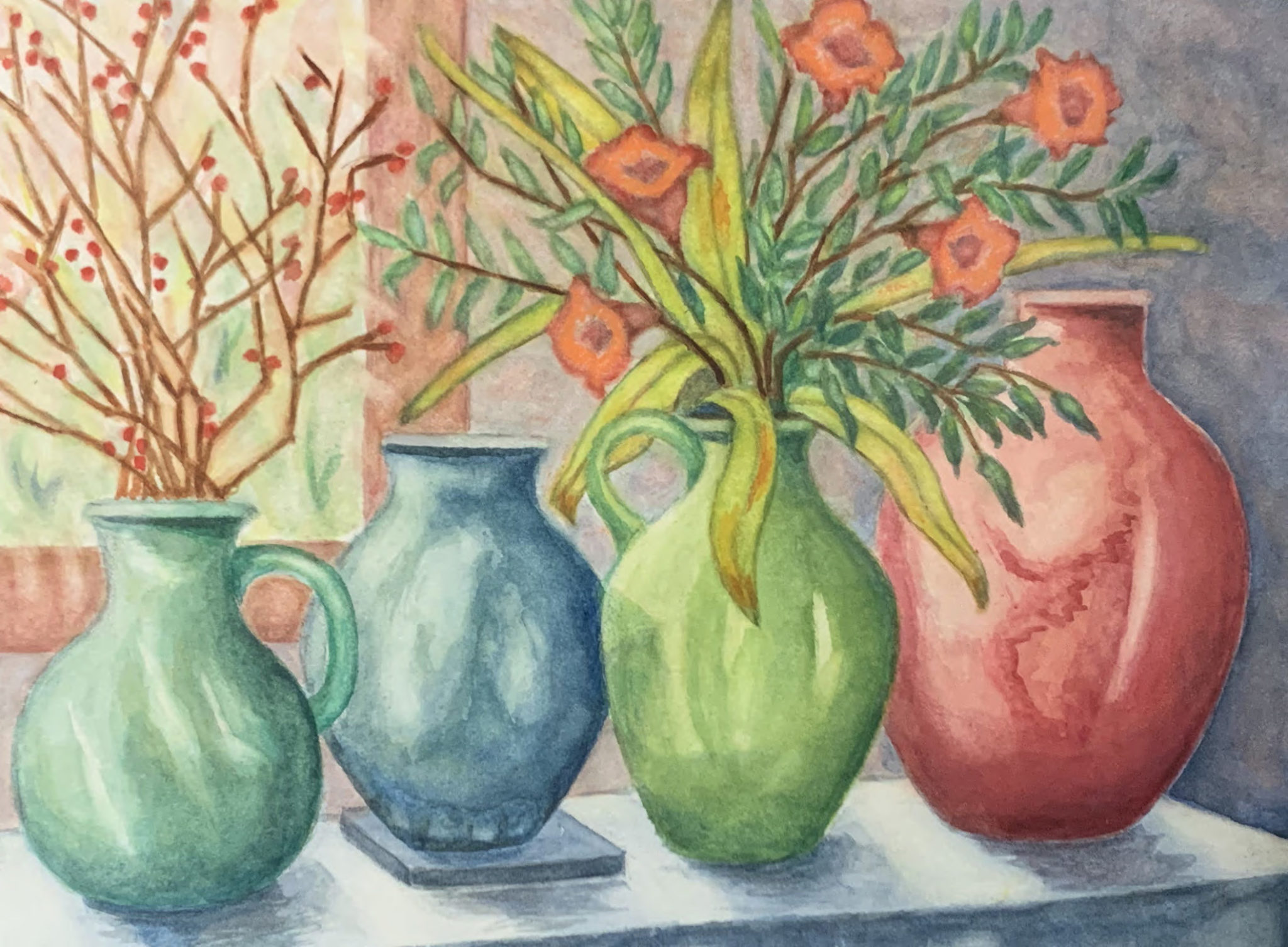
Three Vases, by Bill Haskell
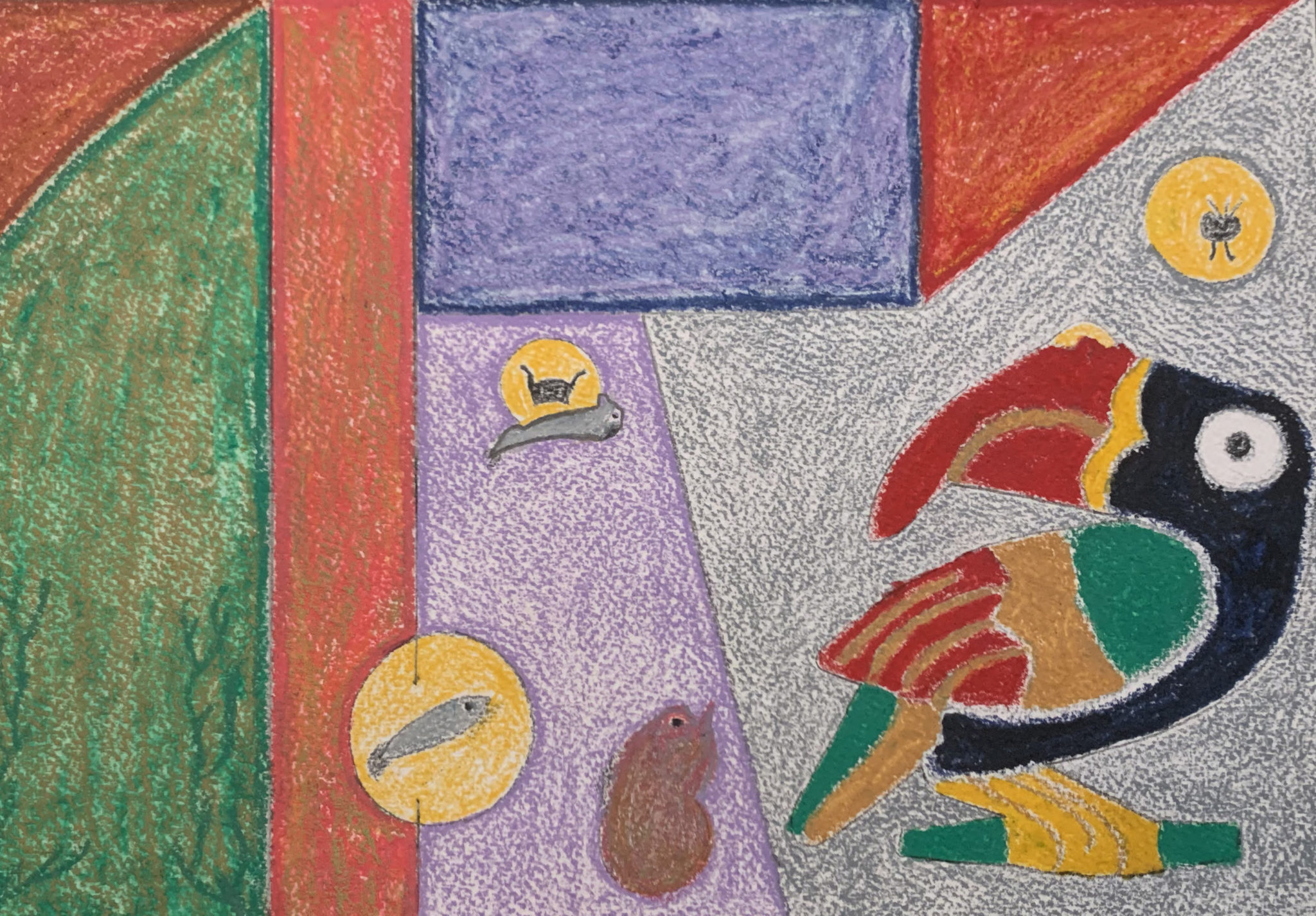
Untitled, by Bob Gordon

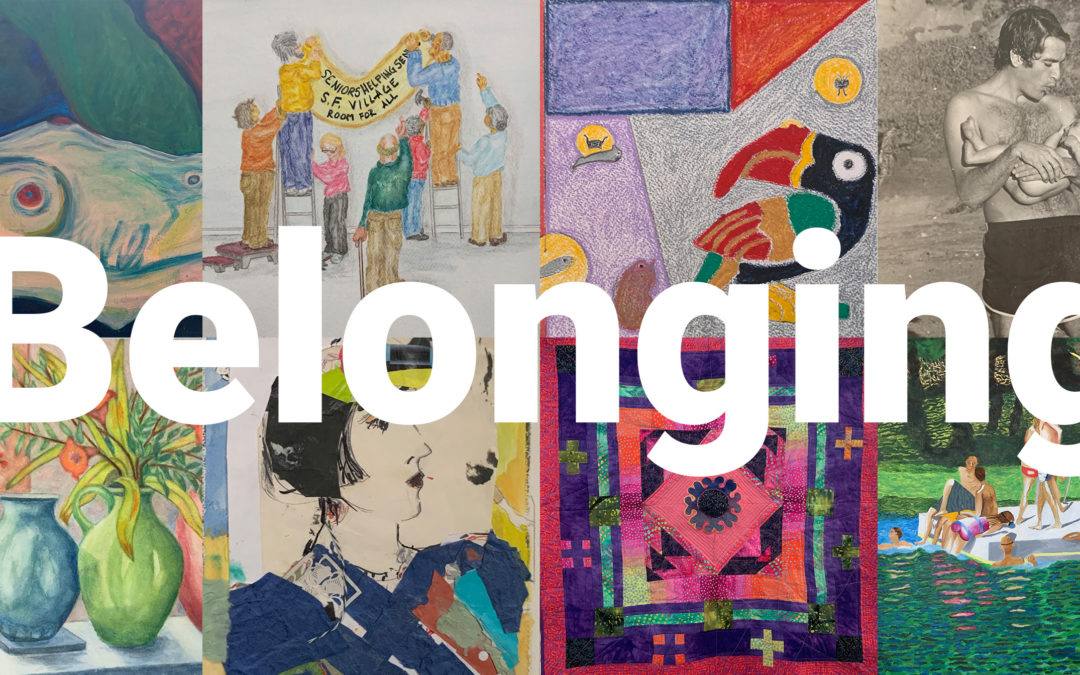
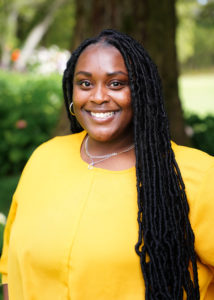
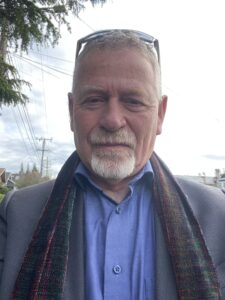


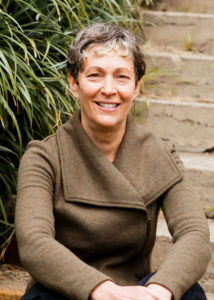
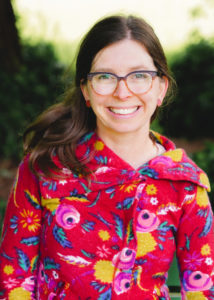
 Sara joined the team in 2018. She brings with her 20 years of experience in community development, philanthropy, and organizational management. She completed her bachelors at George Washington University and her masters at UC Berkeley. Her career focus has been on evaluating how community groups run from year-to-year and strengthening daily processes to increase institutional success. Sara loves travel and global development issues, particularly a non-profit she founded 10 years ago focusing on students’ access to school in Cambodia. Sara is raising her family here in San Francisco.
Sara joined the team in 2018. She brings with her 20 years of experience in community development, philanthropy, and organizational management. She completed her bachelors at George Washington University and her masters at UC Berkeley. Her career focus has been on evaluating how community groups run from year-to-year and strengthening daily processes to increase institutional success. Sara loves travel and global development issues, particularly a non-profit she founded 10 years ago focusing on students’ access to school in Cambodia. Sara is raising her family here in San Francisco. Maya is a public relations and communications professional with more than a decade of experience; her expertise includes consumer products and technology PR, as well as event management and content development. She has been a pro-bono consultant with the Taproot Foundation since 2012, and has participated in three service grants to date. Maya attended the University of California at Los Angeles (UCLA) and graduated with a BA in mass communications and a minor in political science.
Maya is a public relations and communications professional with more than a decade of experience; her expertise includes consumer products and technology PR, as well as event management and content development. She has been a pro-bono consultant with the Taproot Foundation since 2012, and has participated in three service grants to date. Maya attended the University of California at Los Angeles (UCLA) and graduated with a BA in mass communications and a minor in political science.